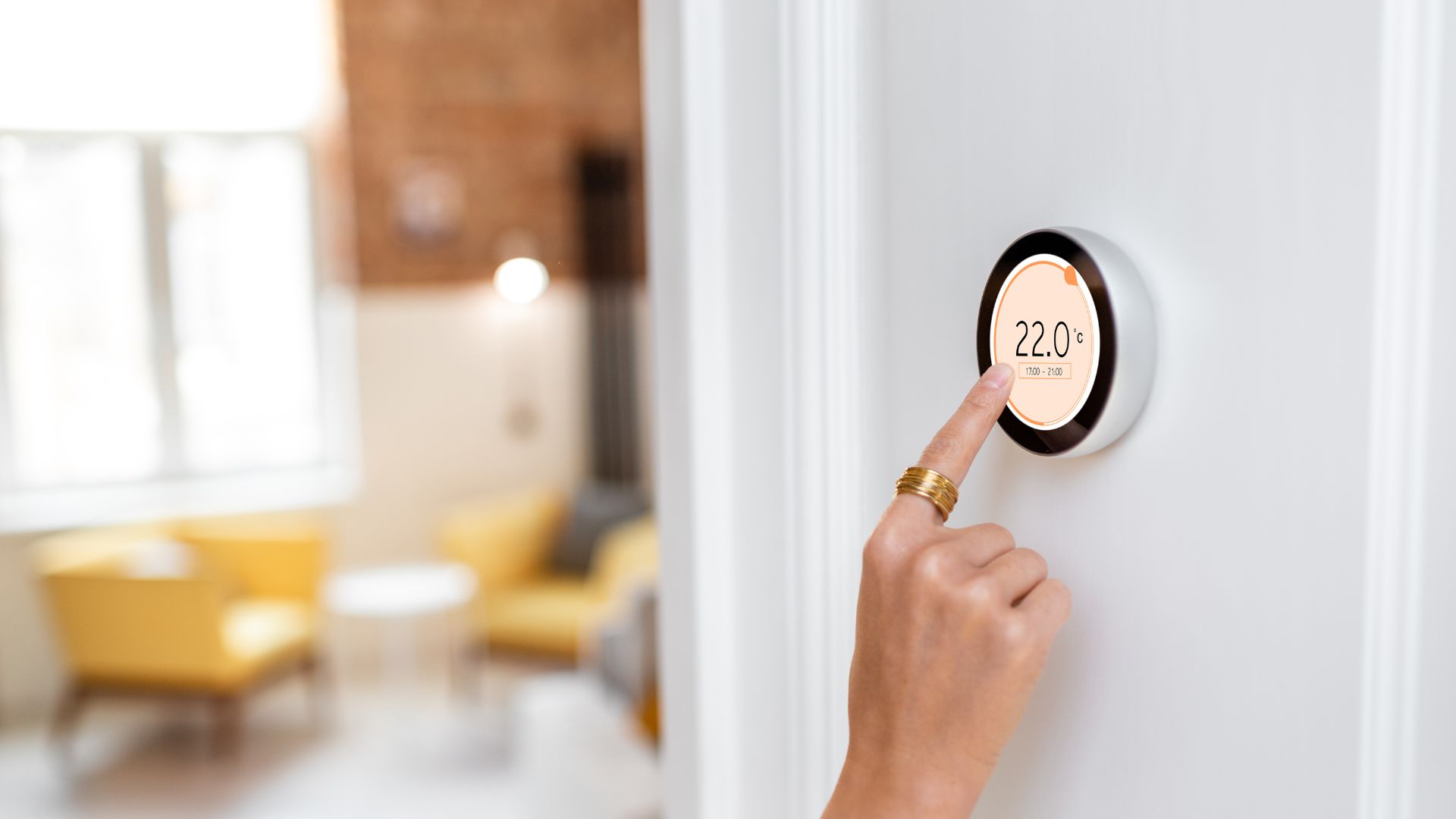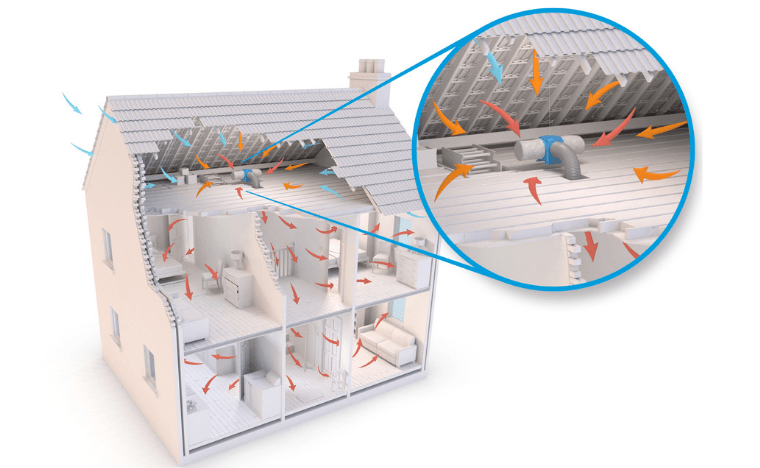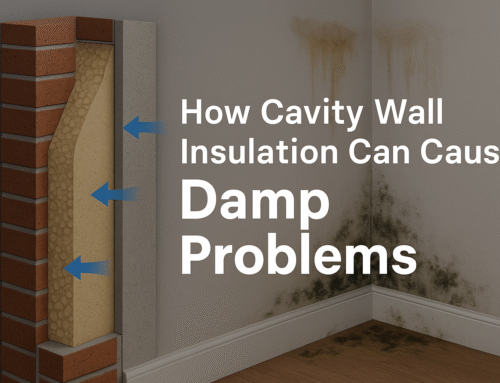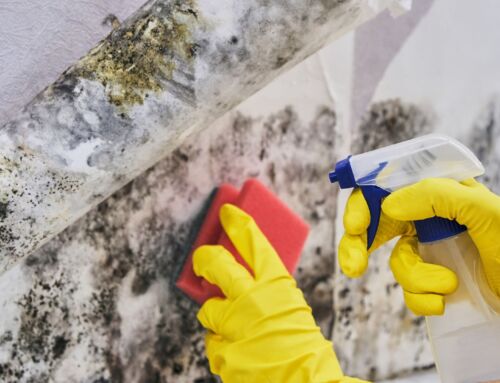Damp and mould are common issues in many homes, particularly during the colder months. They not only cause damage to your property but can also affect your health, leading to respiratory issues and allergies. The good news is that by maintaining the right temperature and humidity levels, you can significantly reduce the risk of damp and mould growth. Here’s what you need to know to keep your home dry and healthy.
Temperature: Keeping Your Home Warm Enough
One of the key factors in preventing damp and mould is maintaining a consistent indoor temperature. Cold temperatures cause condensation, which can lead to mould growth. Ideally, the temperature in your living spaces should be kept between 18–20°C (64–68°F). This is warm enough to prevent condensation from forming on surfaces like walls and windows, but not too hot to encourage excess moisture in the air.
For rooms that are less frequently used, such as spare bedrooms or storage spaces, try not to let the temperature fall below 16°C (61°F) for prolonged periods. In colder areas of your home like attics, basements, and kitchens, maintaining a stable temperature can make a big difference in preventing moisture buildup.
Humidity: Keeping Moisture in Check
While temperature is important, controlling humidity levels is equally crucial in preventing mould. Humidity refers to the amount of moisture in the air. When humidity levels rise above 60%, it creates the perfect environment for mould to thrive. To keep your home safe, aim to keep the relative humidity (RH) in your living areas below 60%.
There are a few simple ways to monitor and control humidity:
- Use a hygrometer: This small device measures the humidity levels in your home. You can buy one from most home goods or hardware stores.
- Ventilate: Proper ventilation is essential to controlling humidity. Open windows to let fresh air in, use extractor fans in the kitchen and bathroom, and ensure your home is well-ventilated in general. This helps moisture escape before it condenses on surfaces.
- Use a dehumidifier: If you live in an area with high humidity or have areas of your home prone to dampness, consider using a dehumidifier to help regulate the moisture in the air.
PIV Units: Ensuring Fresh Air Circulation
A Positive Input Ventilation (PIV) unit is an excellent solution for improving ventilation and managing humidity. PIV units work by drawing fresh, filtered air into your home and circulating it to reduce moisture buildup. This system helps prevent damp and mould growth by ensuring consistent airflow, particularly in areas prone to poor ventilation. If you’re looking to improve air quality and prevent condensation, a PIV unit can make a noticeable difference.
Other Helpful Tips
- Address leaks promptly: Any leaks, whether from a roof, pipes, or windows, should be fixed immediately to prevent moisture from accumulating in your walls or ceilings.
- Insulate your home: Cold spots in your home, like poorly insulated walls or windows, are more likely to collect moisture and encourage mould growth. Proper insulation helps keep temperatures stable and reduces condensation.
By maintaining a consistent temperature, controlling humidity, and taking preventive steps, you can keep your home dry and free from mould. A warm, dry home is not only more comfortable but also healthier for you and your family.
If you’re experiencing issues with damp, mould, or humidity in your home, or if you need advice on ventilation solutions like PIV units, don’t hesitate to contact us for further information. We’re here to help you create a healthier, more comfortable living environment.






